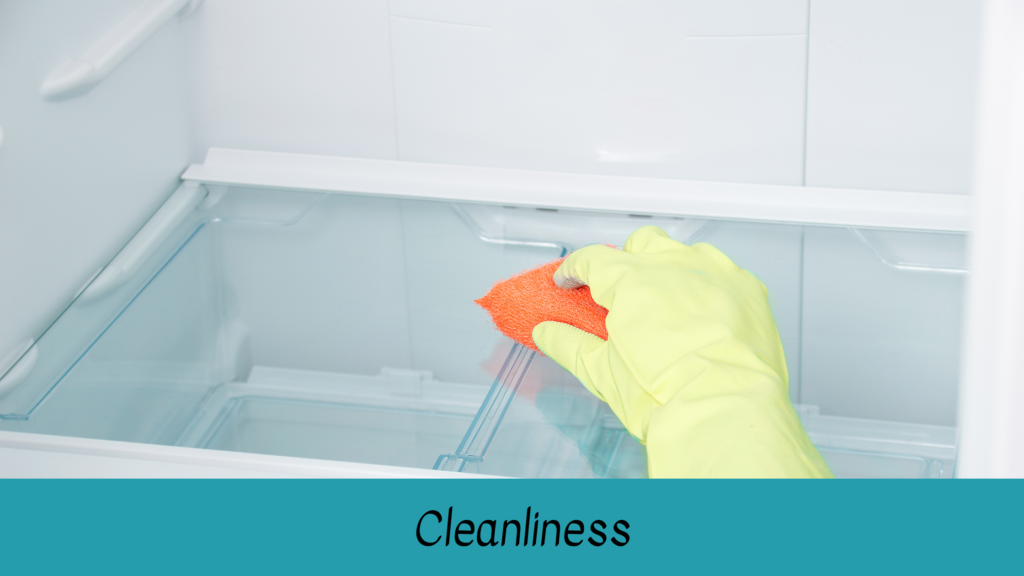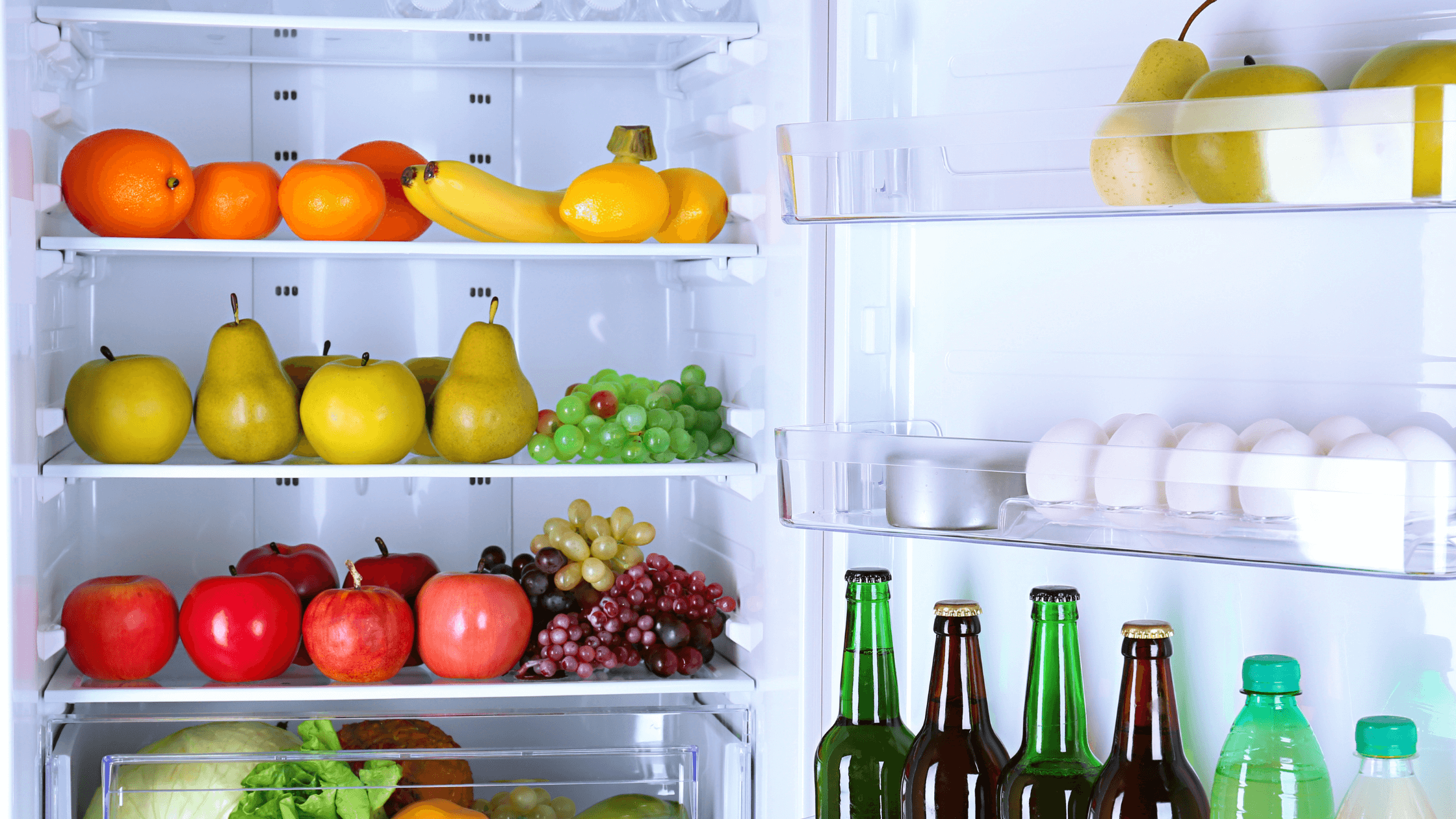
What Are 5 Rules To Follow When Storing Food Safely?
Proper food storage is paramount to maintaining food quality until it is ready to be used in a home or business. Allowing fresh food to spoil not only adds to food waste. Still, it puts our families and neighborhoods at risk for foodborne illnesses. The goal is to keep yourself and others from being sickened by bacteria, E. coli O157:H7, and C. botulinum, which cause botulism. The reach-in coolers temperature, the order of the food on racks, and the amount of time left in the refrigerator can all play a big role in the growth of bacteria or other dangerous pathogens on the food. Good storage extends the shelf life of food, which depends on the food type, packaging, and storage situation, particularly temperature and moisture. There are a few rules to follow when storing food safely.
Keeping food in the freezer
You can keep food safely in the freezer for several years as long as it stays frozen the full time. But the taste and texture of food change if it’s frozen for too long, so you might well find that it’s not pleasant to eat. If you’re defrosting uncooked meat or fish, this liquid will spread the germ to any meals, dishes, or surfaces that it touches. Maintain the meat and fish in a sealed container at the base of the fridge so they can’t touch or drip onto other foodstuffs. The best thing can check the instructions on food labels or in your freezer’s manual to see how long food freezes.
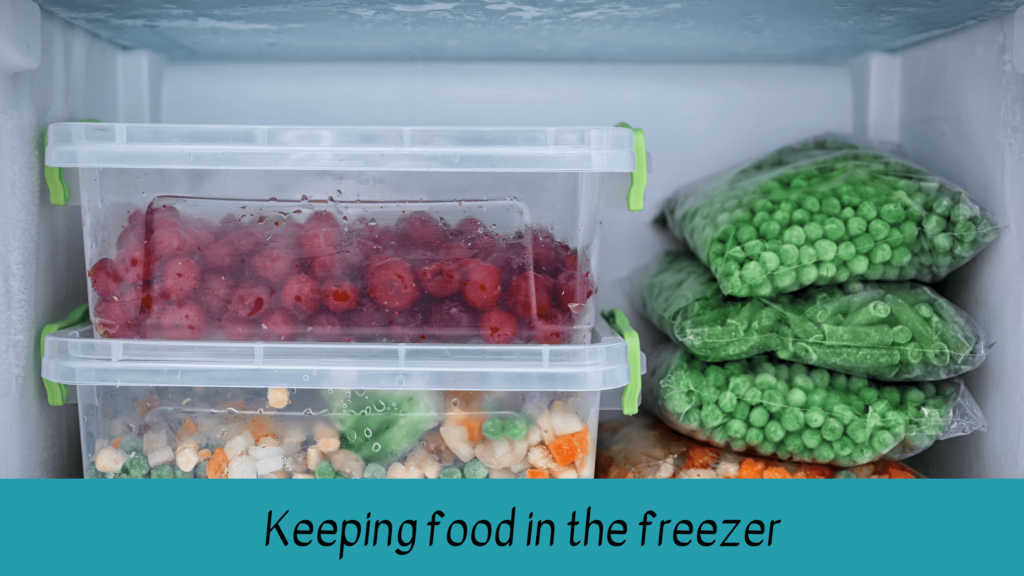
Predicting the time
The exact length of time is an essential step when considering storing food safely depending on several factors; thus, the times identified in the food storage tables in this publication are only guidelines. The storage life of food is attached to its freshness when it reaches the market, the period and the temperature at which food was held before purchase, storage temperature and humidity in the home, the storage container, and the characteristics of the food item.

Seal and close
One of the important factors when you ensure storing food safely, and it is highly effective is the seal you create around the food. Airtight containers with sealing lids will ensure limited possibilities for cross-contamination to occur. Plastic wrap should cover all the food or enclose the item. Do not allow raw food to contact the stands in the fridge where it can either spread or pick up bacteria.
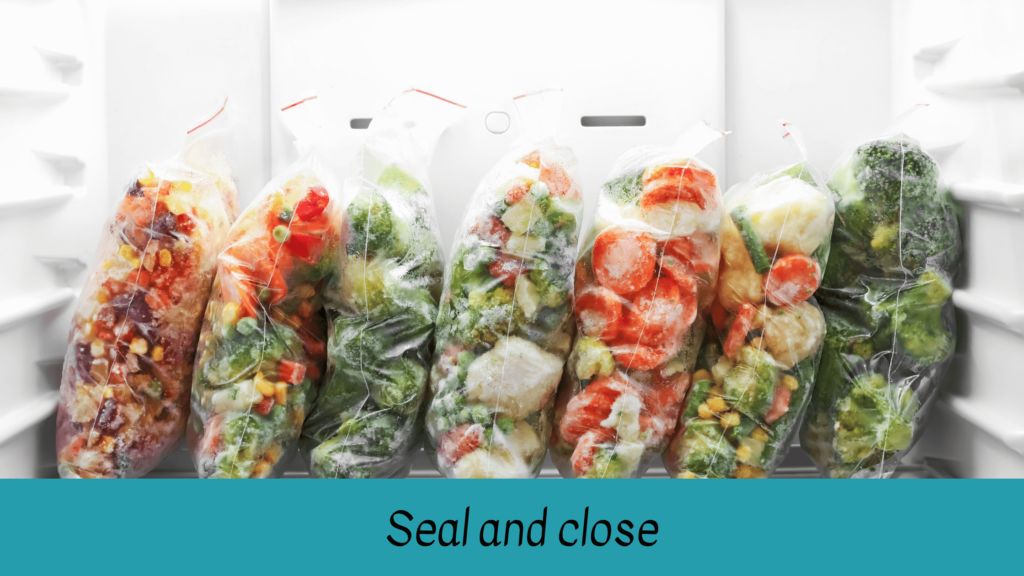
Put leftovers in the fridge within two hours.
Finally, all foods should be storing food safely in the refrigerator or freezer within two hours of cooking for optimum food safety. Keeping hot foods hot (140° F or higher) keeps them safe when left out of the refrigerator. Below that temperature, hot foods are safe only for roughly two hours. They should then be stored in the freezer or refrigerator for future use. Put the leftovers in a neat, covered dish to prevent cross-contamination. Throw away any highly-risk food that has been out of the refrigerator for more than two hours.
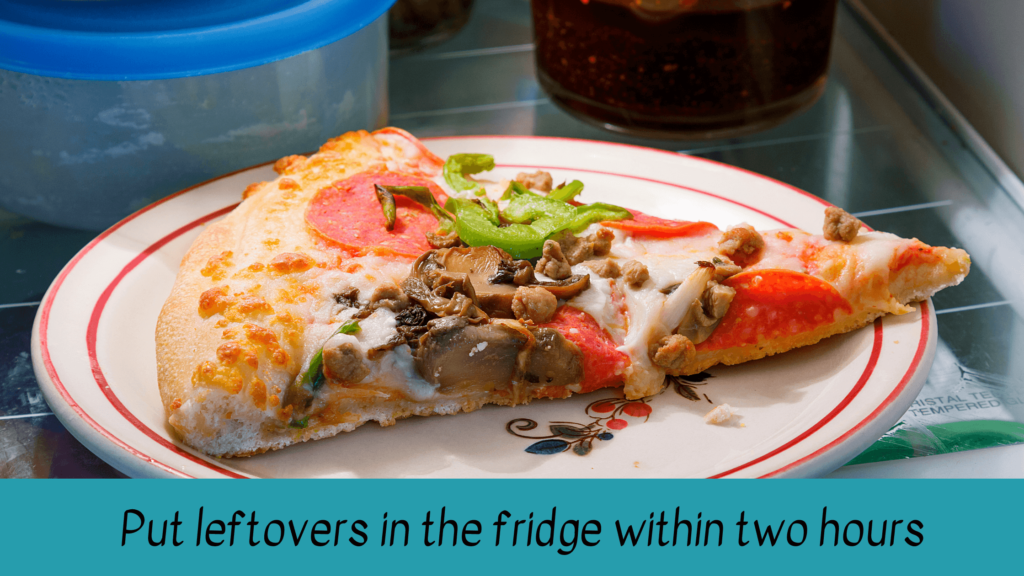
Cleanliness
Because bacteria generally enter food through casual food handling, it’s critical to keep everything clean, including hands, cupboards, refrigerators, freezers, and storage containers. To clean kitchen surfaces, consider using disposable paper towels. If you use dishcloths, wash them in a hot cycle of the washing machine and dry them in a clothes dryer. Kitchen sponges cannot use since they provide ideal conditions for bacteria to thrive. The sponge can be sanitized by wetting generously and heating until steaming hot in a microwave oven. Cleanliness is also one of the primary steps when you are storing food safely.
